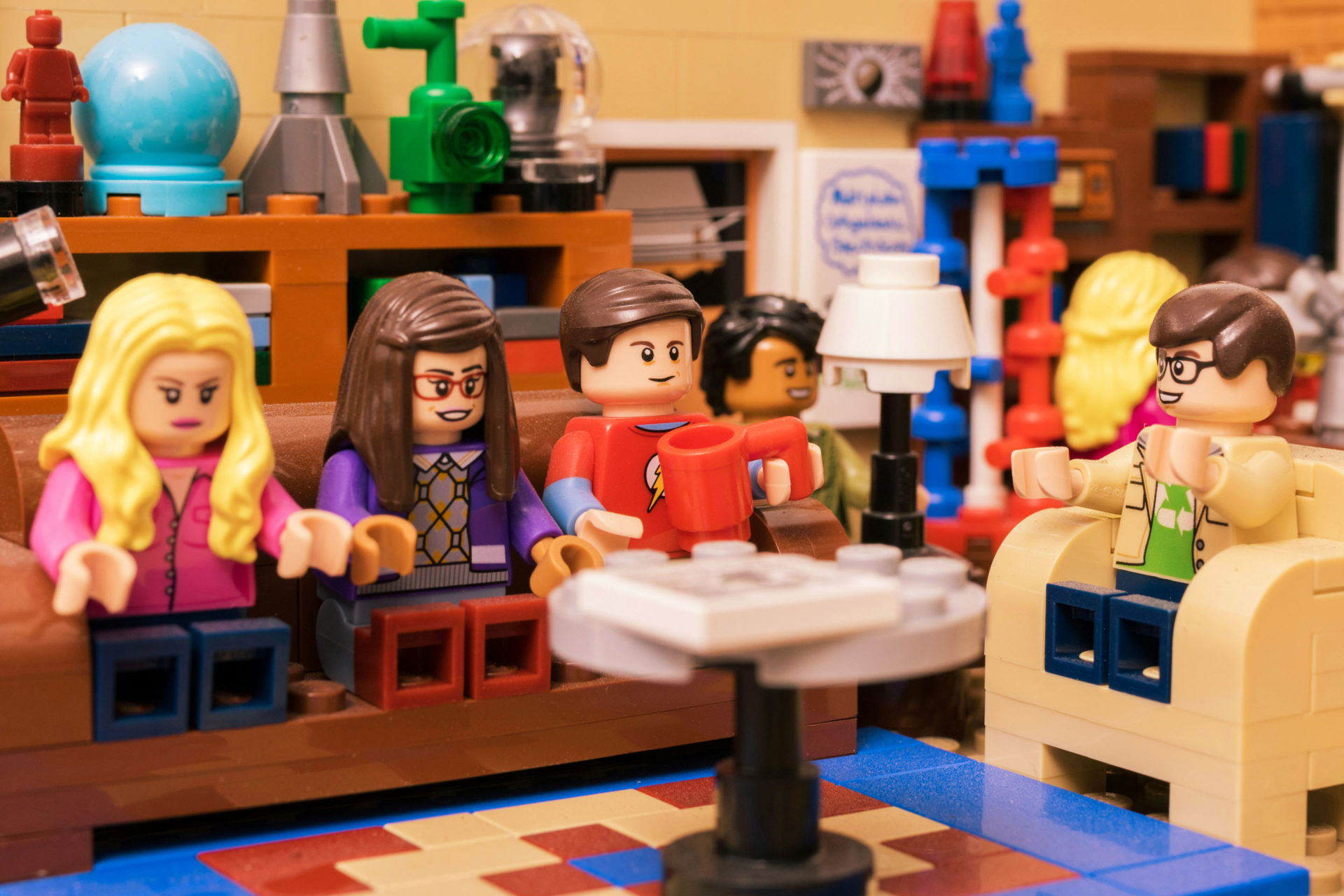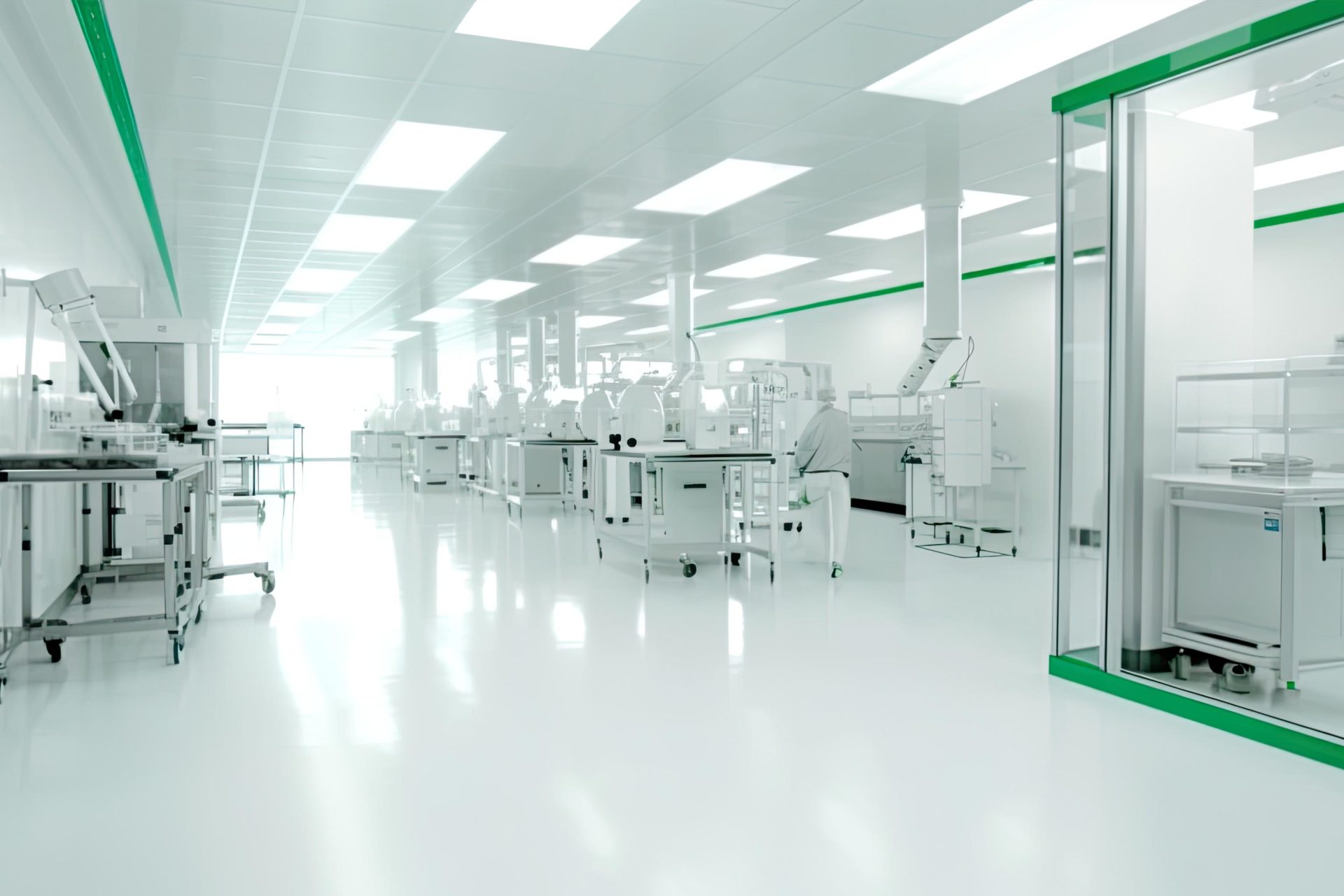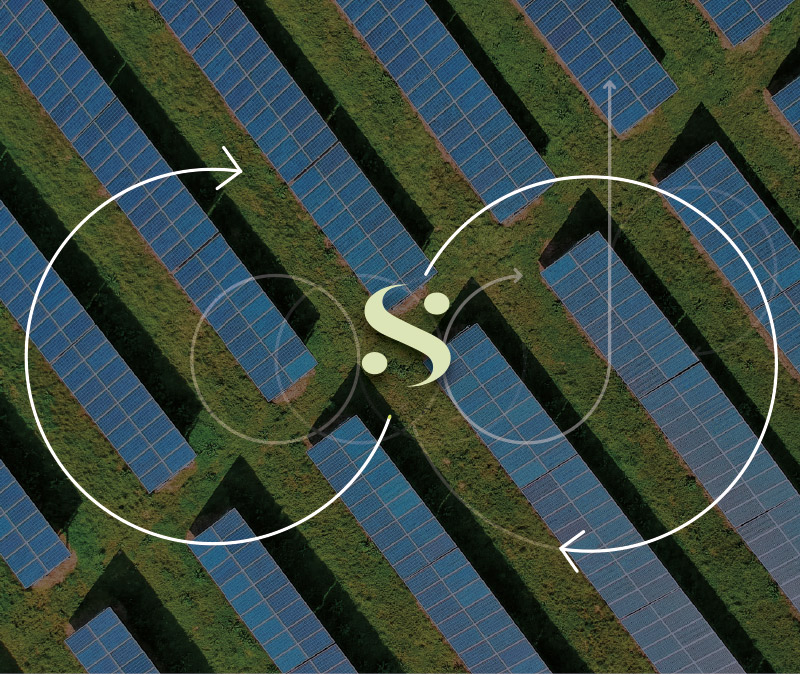Designing and organizing the project information
Since ancient times, “codes” have been used to design, organize, and communicate information. The project is a process that directly or indirectly produces new value and has always aimed to give shape to the ideas of the client.
The problem
In the experiences of any designer tasked with developing their client’s initiatives, the client is not always able to communicate their needs effectively and in an organized manner. As a result, the designer is unable to begin the process with solid foundations, wasting time searching for the problem instead of working on solutions.
Designers are expected to provide solutions, always and under any circumstance.
Too often, the design and information organization phases suffer from significant drops in productivity or even come to a complete standstill due to the lack or disorganization of information. Comparing it to a football match, the actual playing time is estimated to be around 60 minutes out of 90. Similarly, it is plausible to say that actual progress covers only 60/70% of the time spent (in the best cases).
Furthermore, when progress is slow not because it is well-organized and structured, but because there is a continuous pursuit of information confirmation or retrieval, the whole team suffers. Consequently, the project not only starts to fall behind schedule but also experiences a drastic reduction in the quality of work produced.
How can we make the kickoff between the design team and the client simpler, more effective, and clearer?
The solution
The idea is to break the chain that binds designers and clients only during the moments when an idea needs to be valued and instead connecting them at an earlier stage by writing the “code” that lays the foundations for all future developments: the BLUEPRINT DESIGN.
What is the Blueprint Design?
The Blueprint can be imagined as the digital twin of a fictional project that aims to condense all the necessary information for the start of the design process into a single digital space. It can be developed and shared in multiple phases, depending on the level of detail required, and can be updated as needed and in real-time.
In other words
It is a project without a “plain,” without a direction, and without a specific purpose.
It is essential to understand how every project in a specific sector (such as the pharmaceutical industry) is always characterized by a high percentage of basic concepts, materials, departments, and facilities that overlap among different specific projects.
However, this should not be confused with industrial standardization; it refers to process models, not to products.
BLUEPRINT and BIM
The Blueprint can be approached with various methods, as it is the principle that matters, not the tool. We develop it with another tool that inherently standardizes processes: BIM (Building Information Modeling).
Through BIM, it is possible to collect and organize all the information needed to define the basis for all future and “real” projects. This includes geometric information, technical specifications, materials, main requirements, and various documentation.
This will be a real project, defining the most suitable shape of the building, dimensions, heights, loads, facade type, structure type, internal layout, relationships between areas, flows, classes, compartmentalized zones, technical rooms, offices, and more.
To the external envelope and architectural internal layout, all the plant services must be added (air ducts, electrical and special installations, water installations, technical gas, etc.).
Everything must be informed (not exclusively at a geometric level) in such a way that the model (understood as a container of organized and clear information) can be consulted and inform the designer of each discipline about specifications, requirements, types of elements, or even just customer preferences.
For example, in case of a pipeline, each modeled element can be informed about the system’s name, the type of material and insolation for that system, down to the definition of specific project TAGs.
Strengths
This “simil-project” is scalable and replicable: specific blueprints can be created for dedicated departments, such as quality control and/or microbiological laboratories.
Within the master container, like a matryoshka doll, dedicated “spin-offs” can be developed. For example, for a laboratory, it is possible to specify the characteristics and optional features required for each counter based on the utilities, the instruments commonly used, and how the equipment layout should be organized in relation to the technical benches.
Additionally, laboratory equipment can contain information regarding dimensions, technical data sheets, and placements concerning the rooms, consumption, etc.
Advantages
The architectural designer will be able to quickly understand the preferred floor finishes in different areas of the facility or how finishes should be done in cleanrooms. They will also find indications regarding types of furniture, doors, and their dimensions, depending on the specific departments, as well as the widths and dimensions of rooms and corridors.
The plant designer, as mentioned earlier, will find indications of the correlation between systems, types of materials, and insulation. They will also discover space management logics for the systems, as well as any technical data sheets or types of accessories.
The model will already be informed according to predefined codes, thus containing the client’s standard nomenclature. With this base in place, any information extraction operation can be done quickly, reducing the chances of errors (for example, extracting quantities and their related costs, which are often linked to specific expense items for the client).
Potential
The Blueprint potentially contains information of all types, from the design phases to information about C&Q procedures and facility management, even reaching the dismantling procedures, thus closing the entire life cycle of a building.
Another example would be to integrate documents such as system lists, equipment lists, and consumption lists into the container, making it possible to update, verify, and extract information automatically at the beginning of each new project.
Additionally, it could include information about the regulations that each element must comply with based on the country/region in which it is located and verify compliance with these rules.
In general, as mentioned earlier, it is a scalable and fluid project that can encompass all the phases requiring basic design.
Furthermore, it can be supported by simplified interfaces for reading and writing information, making it easily accessible even to less experienced users.
Conclusion
The BLUEPRINT is an investment for the client’s and a launch pad for the designers.
Who wouldn’t want to do twice as much in half the time, earning double while still guaranteeing the quality of the service provided?
Thanks to the Blueprint Design, a project can be completed in less time, providing greater benefits to the client, who starts to recover their investment earlier than expected. At the same time, the designer can handle multiple projects simultaneously, reducing the hours spent and consequently the costs incurred by the client.
Articoli correlati
June 19, 2025
Values in Action: One Team, One Vision, One Culture
That’s why we dedicated time and space to a special moment of sharing and…
March 25, 2025
Sterilization Processes
The goal of any sterilization process is to destroy microorganisms present on a…
June 15, 2023
The importance of the contamination control strategy (CCS) in relation to Annex 1
In the article written by Edmondo Masi, Senior GMP Consultant, he discusses the…





